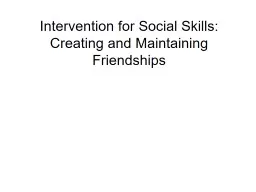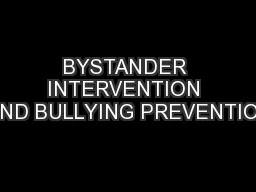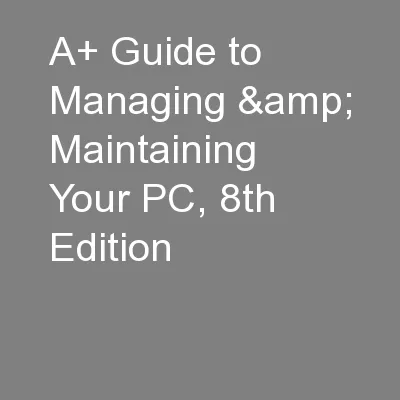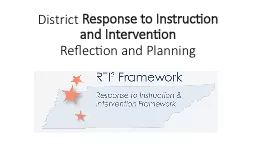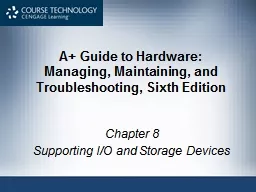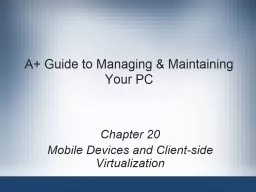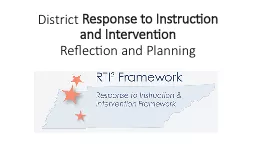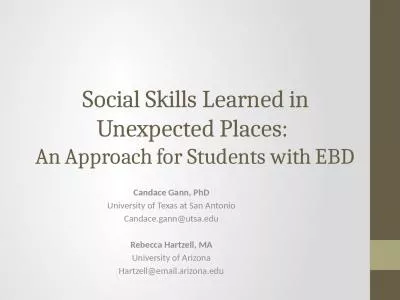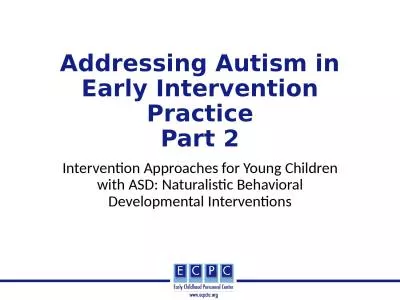PPT-Intervention for Social Skills: Creating and Maintaining Fr
Author : mitsue-stanley | Published Date : 2017-09-19
PowerPoint Outline I Need for Social Skills Intervention II Assessment III Positive Skills for Making Friends IV Positive Skills for Keeping Friends I Need for Social
Presentation Embed Code
Download Presentation
Download Presentation The PPT/PDF document "Intervention for Social Skills: Creating..." is the property of its rightful owner. Permission is granted to download and print the materials on this website for personal, non-commercial use only, and to display it on your personal computer provided you do not modify the materials and that you retain all copyright notices contained in the materials. By downloading content from our website, you accept the terms of this agreement.
Intervention for Social Skills: Creating and Maintaining Fr: Transcript
Download Rules Of Document
"Intervention for Social Skills: Creating and Maintaining Fr"The content belongs to its owner. You may download and print it for personal use, without modification, and keep all copyright notices. By downloading, you agree to these terms.
Related Documents

